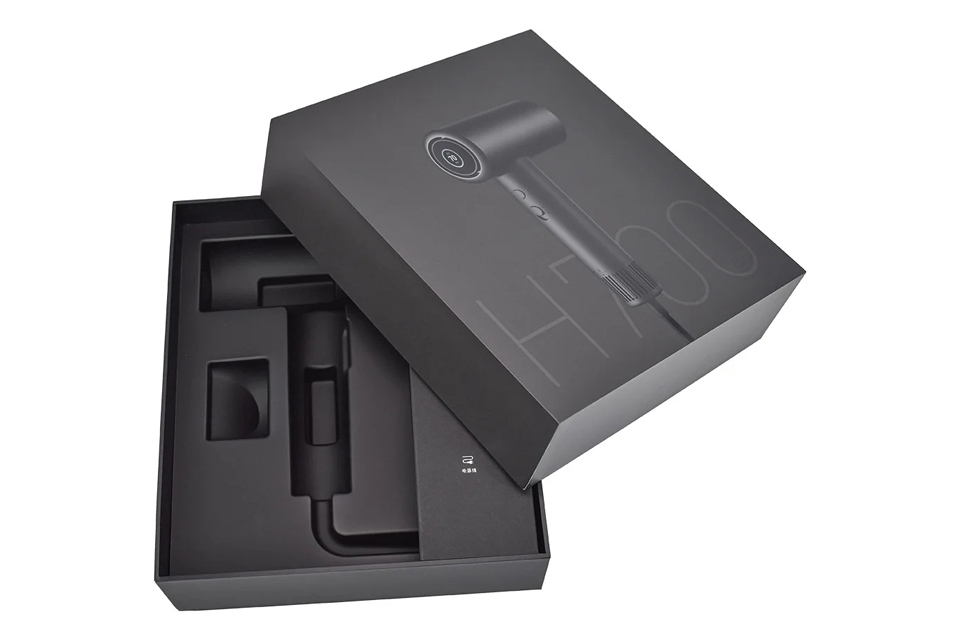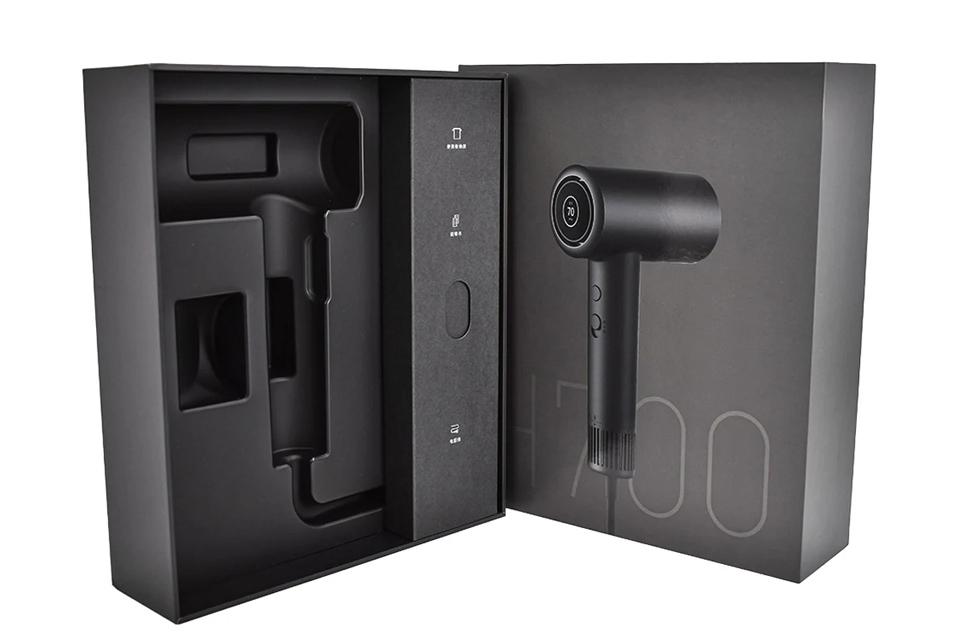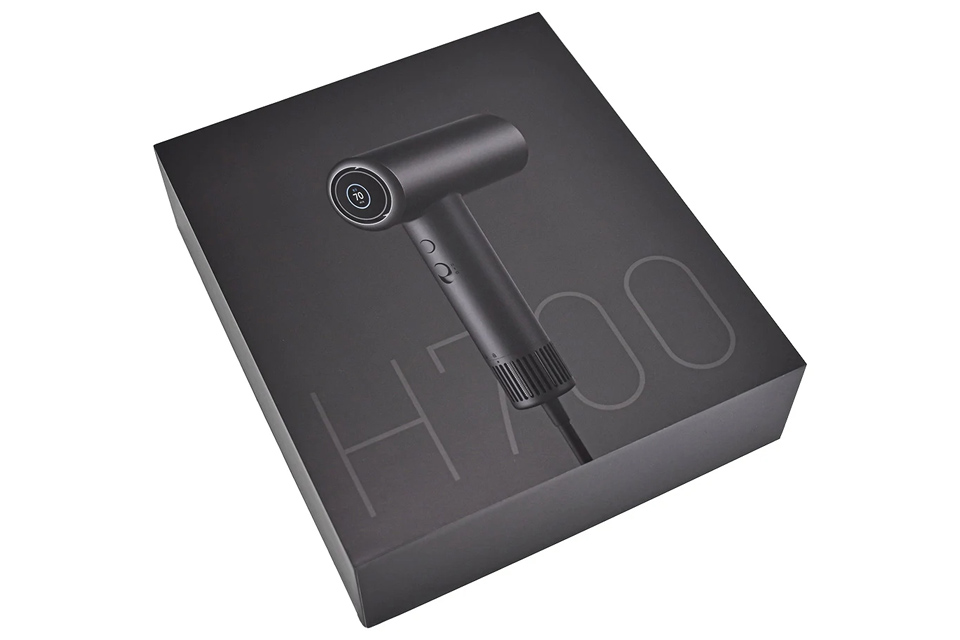How to create a popular cream packaging that is both elegant and safe
How to create a popular cream packaging that is both elegant and safe
Introduction
In the current fierce competition in the skin care market, packaging has long surpassed the simple function of a container and has become the core carrier of brand value transmission. According to Euromonitor data, the global skin care market is expected to exceed US$180 billion in 2025, and 72% of consumers regard packaging design as a key factor in purchasing decisions. As a core product in the skin care category, the packaging design of creams needs to find a delicate balance between elegant aesthetics and safety protection. This article deeply analyzes the golden rules of cream packaging design from four dimensions: material engineering, design philosophy, functional innovation and sustainable strategy.
1. Material Revolution: Invisible armor to build a safety barrier
- The dual advantages of glass material: The dark brown glass bottle blocks 99% of ultraviolet rays and protects the activity of photosensitive ingredients such as retinol (such as SkinCeuticals' 1% retinol cream uses full light-shielding packaging), and its transparent texture simultaneously conveys high-end positioning. The antibacterial coating technology of German Schott Glass can reduce the growth rate of microorganisms by 85%, achieving a win-win situation of safety and aesthetics.
- The rise of environmentally friendly composite materials: Japan's Toray's bio-based PET material contains 30% plant fiber, which not only retains the light transmittance of traditional plastics, but also reduces the carbon footprint by 37%. The sugarcane-based packaging launched by Estee Lauder Group has a warm touch like jade and has been used in the La Mer cream series.
- Future trends of smart materials: The flexible OLED display developed by L'Oréal and FlexEnable can be integrated on the surface of the packaging to display the product opening time in real time, turning safety warnings into interactive art.
2. Minimalist aesthetics: brand narrative in subtractive design
- Accurate use of color psychology: The blue and white gradient design of Kiehl's Ultra Moisturizing Cream cleverly echoes the pure image of glacial water. Experimental data shows that the packaging increases shelf stay time by 22%. The pink matte bottle of Drunk Elephant uses the Munsell color system to accurately control the saturation to create a "no-additive" visual trust.
- The strategic value of typography: Shiseido Revitalift cream packaging uses ultra-fine black fonts with a font size of 7.5pt. Under the information-intensive requirements of EU cosmetics regulations, negative space design is used to maintain the breathability of the layout. User surveys show that information readability has increased by 40%.
- Deep binding of tactile memory: The ceramic bottle of La Mer classic cream uses micron-level sandblasting technology, and the friction coefficient is controlled between 0.3-0.5, which simulates the touch of the skin while reducing the risk of slipping.
3. Functional evolution: from safety protection to experience upgrade
- Innovation of vacuum preservation system: L'Oreal Revitalift series uses nitrogen replacement technology, combined with AS material vacuum pump, to reduce the oxidation rate of active ingredients by 63%. Japan's Albion's CelluCoat technology forms a nano-level isolation film at the bottle mouth to prevent cream backflow contamination.
- Breakthrough in ergonomics: The new version of Clinique Butter packaging optimizes the rotation angle of the bottle cap to 120° (the traditional design is 180°), which improves grip comfort and reduces the amount of single-time use by 19%. The magnetic spoon slot design of South Korea's AmorePacific has reduced the tool loss rate by 76%.
- Cross-border integration of intelligent interaction: P&G's SK-II Future X cream has a built-in NFC chip in the packaging. You can view the traceability of ingredients and personalized usage tutorials by touching your phone, and the user interaction rate has increased by 3 times.
4. Sustainable strategy: From cost center to value engine
- Practice of circular economy model: Unilever's "Refillery" project provides aluminum cream jars with repeated filling services. Life cycle analysis shows that the carbon footprint is reduced by 58%. The enzymatic PET technology developed by L'Oreal and Carbios has achieved a packaging recycling purity of 98%.
- Lightweight design revolution: Estee Lauder's Little Brown Bottle Cream has reduced the wall thickness of the glass bottle from 2.1mm to 1.5mm through structural optimization, reducing the material consumption of a single bottle by 29% while maintaining the same impact strength.
- Value conversion of carbon labels: According to Carbon Trust certification, the carbon footprint data of Clinique cream packaging using FSC-certified cartons has increased the conversion rate by 18%, confirming the commercial return on environmental protection investment.
Conclusion
When consumers unscrew the cap of the cream bottle, the packaging has completed the value transition from physical protection to emotional resonance. From the molecular-level protection of dark glass to the brand philosophy in minimalist lines; from the precision engineering of vacuum pumps to the recycling mission of sugarcane-based materials - excellent cream packaging design is essentially the crystallization of material science, industrial design and business strategy. According to Smithers' forecast, the market size of smart packaging will exceed US$47 billion in 2027, and the cream category will surely lead this innovation. As Dieter Rams said: "Less, but better" - on the balance beam between safety and elegance, only by making every detail perfect can we build a brand moat in the red ocean competition of skin care products.
Authoritative citations and data sources:
: Euromonitor International, Global Beauty Industry Trend Report 2025
: Smithers, Smart Packaging Technology White Paper
: FlexEnable Flexible Display Technology Case Study [FlexEnable.com]
: FSC Sustainable Packaging Certification System [FSC.org]
: Cosmetic Packaging Material Science, Springer Publishing
: Schott Glass Antibacterial Technology Patent [Schott.com]
: Toray Bio-based PET Material Data Sheet [Toray.cn]
: Kiehl's Packaging Design Effect Evaluation [Kiehls.com]
: Carbios Enzymatic Hydrolysis Technology Paper "Nature"
: La Mer Touch Design Patent [EsteeLauder.com]
In this silent competition about beauty, face cream packaging has moved from behind the scenes to the front stage and has become the first language for brands to communicate with consumers. When safety protection meets elegant aesthetics, when commercial rationality collides with design sensibility - the extreme polishing of every detail is writing a new chapter in the beauty industry.



